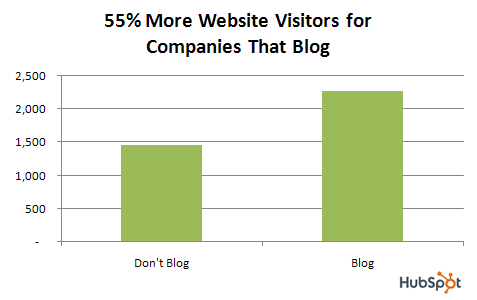 Not as much as you might think.
Not as much as you might think.
Yet people tell me all the time how much they’re afraid to ask wealthy people for major gifts. If you share those fears, it’s time for a little “Charity Clairity:”
Contrary to what your gut may be telling you, NOT asking is not making would-be donors feel good. Quite the opposite, in fact.
In this article, I’ll let you in on:
Three major donor truths. And I’ll cover why (1) you must stop short-changing your would-be major donors by not offering them opportunities to be the change they want to see in the world, and (2) you must stop robbing would-be major donors of chances to feel good about themselves.
Six major donor triggers. We’ll explore how you can make donors feel so good they’ll want to say “yes” — and passionately — to your solicitation.
Bottom line: When you don’t make donors feel good, they’ll go elsewhere.
The Rich Are Just Like You and Me
F. Scott Fitzgerald is famously supposed to have told Ernest Hemingway “the rich are different than you and I.” “Yes, Scott,” Hemingway supposedly retorted. “They have more money.”
It’s good to remember major donors are, first and foremost, just people.
They may have more money, yet many of them actually don’t even feel “wealthy” (just as often so-called seniors don’t feel “old.”) In fact, a survey of 4,000 investors by UBS found that 70% of people with investible assets of $1 million or more do NOT consider themselves “wealthy.”
What most donors share (no matter their net worth) is
Details



 I find a widespread misunderstanding about the notion of what constitutes being donor-centered. It derives from two misconceptions:
I find a widespread misunderstanding about the notion of what constitutes being donor-centered. It derives from two misconceptions:
 You must invite your donor into the story.
You must invite your donor into the story.

 Not as much as you might think.
Not as much as you might think.


 Are you leading with a “gift” or “favor” to positively incline your donor to say “yes?”
Are you leading with a “gift” or “favor” to positively incline your donor to say “yes?”